 Shutterstock
Shutterstock
The Shiba Inu, with its fox-like look, compact size, and spirited nature, has won the hearts of dog lovers worldwide. Known for its independence, intelligence, and clean habits, this Japanese breed fits well in many living situations. While the Shiba is unique, other breeds share similar traits, such as a strong personality, manageable size, or striking appearance. Whether you’re attracted to the Shiba Inu’s independent nature or agile build, other breeds offer comparable qualities, providing great alternatives for those seeking a similar companion.
Akita Inu
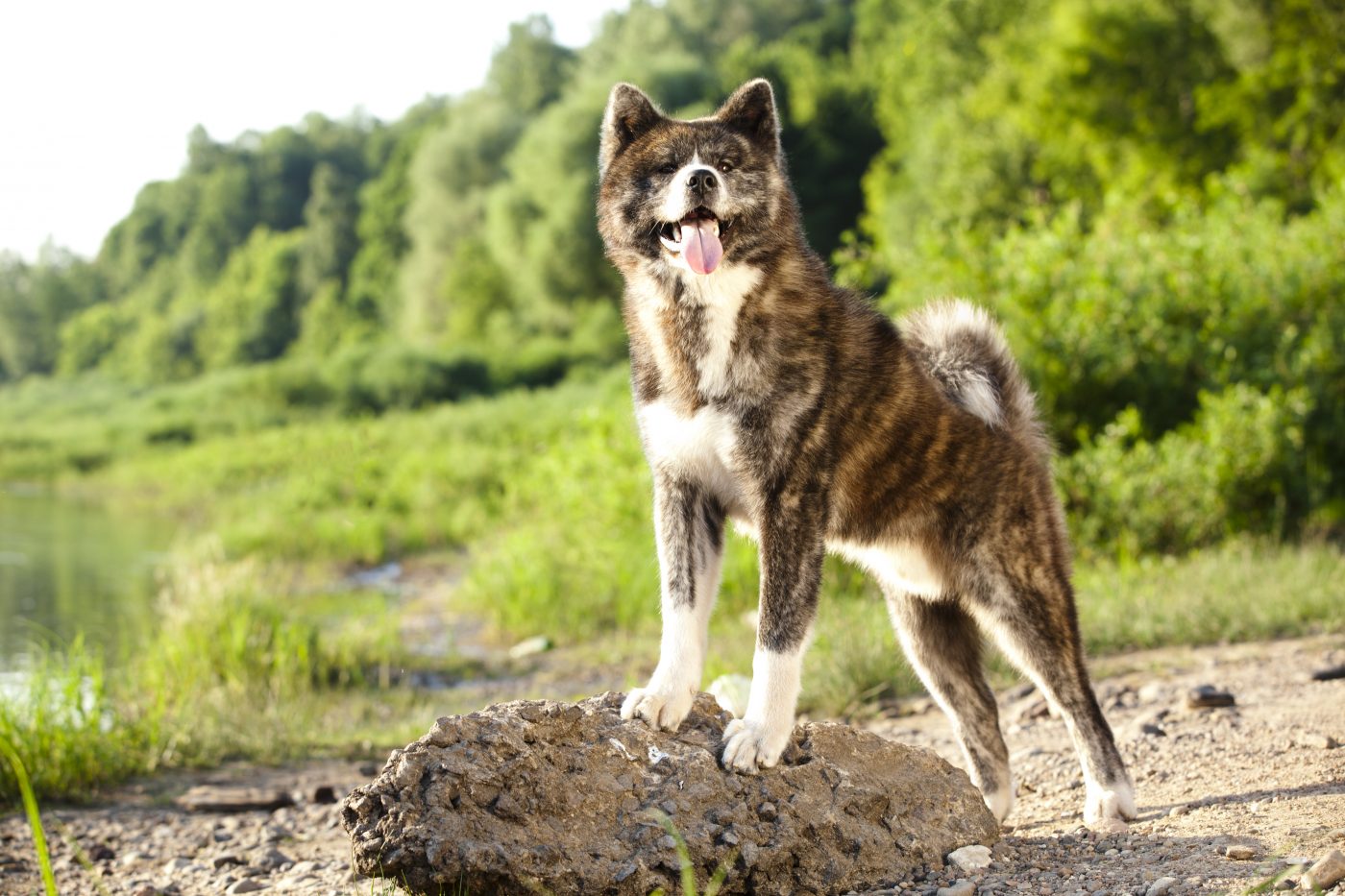 Shutterstock
Shutterstock
The Akita Inu is a larger cousin of the Shiba Inu, sharing its Japanese heritage and many traits, including loyalty, independence, and a dignified demeanor. Akitas are much larger than Shibas, making them more imposing, but they possess a similar spitz-type appearance with erect ears, a curled tail, and a thick double coat. Like Shibas, Akitas are known for their strong personalities and can be reserved with strangers, making early socialization and training essential. Their loyalty to family is unparalleled, and they often form strong bonds with their owners, showcasing a protective streak that makes them excellent watchdogs.
Jindo
 Shutterstock
Shutterstock
Originating from South Korea, the Jindo shares many similarities with the Shiba Inu, including a keen intelligence, loyalty, and independence. Jindos are medium-sized dogs known for their exceptional hunting and tracking abilities and strong territorial instincts. They have a similar spitz appearance, prick ears, and a curled tail and are known for their clean habits. Jindos form deep bonds with their owners and can be reserved around strangers, mirroring Shiba Inu’s personality. Their loyalty and protective instincts make them excellent companions for those who can meet their need for exercise and mental stimulation.
Finnish Spitz
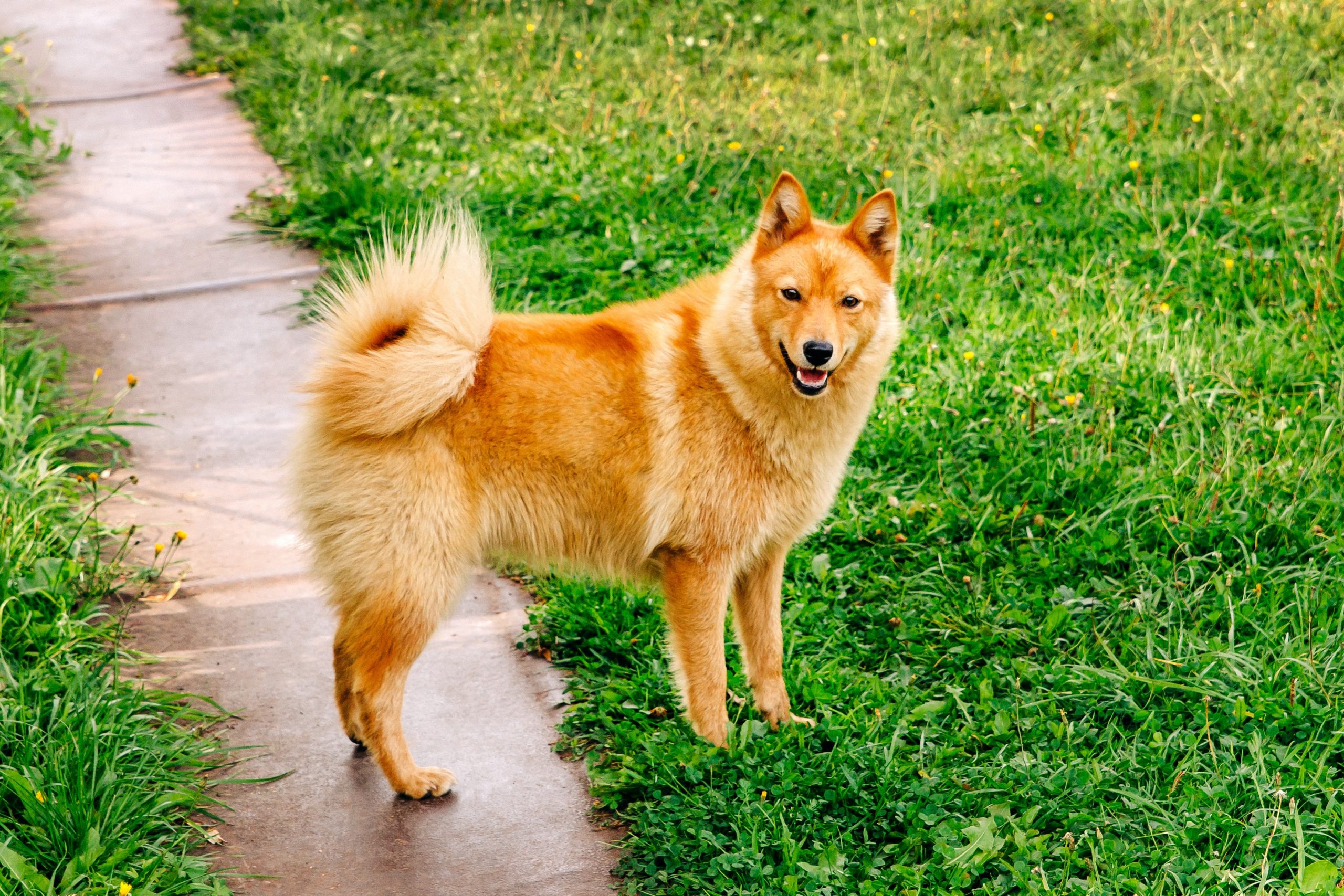 Shutterstock
Shutterstock
The Finnish Spitz, known as the “Barking Bird Dog,” has a fox-like appearance that closely resembles that of the Shiba Inu. This breed is slightly larger and is renowned for its lively and friendly nature. Finnish Spitzes are highly vocal, using their bark to communicate, especially when hunting. They are active and playful, requiring regular exercise to keep them happy. Like Shibas, they are intelligent and independent but tend to be more sociable and less aloof with family and strangers. Their thick, red-gold coat requires regular grooming to maintain its luster.
Basenji
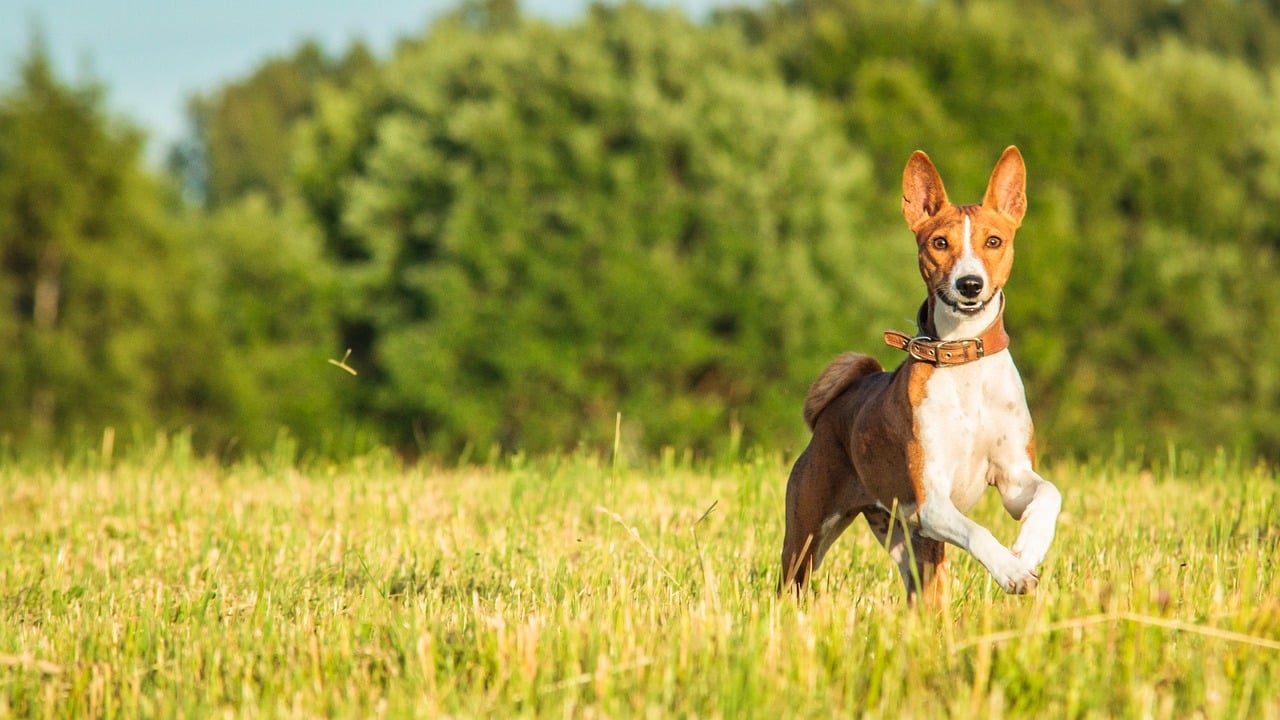 Shutterstock
Shutterstock
The Basenji, often called the “barkless dog,” originates from Central Africa and shares the Shiba Inu’s compact size and independent character. Unlike most dogs, Basenjis don’t bark but are known for their unique yodel-like sound. They have short, fine coats and are known for their cat-like grooming habits, making them a good choice for people who appreciate the Shiba’s cleanliness. Basenjis are curious and playful, with a high prey drive and an inclination for mischief, necessitating secure fencing and active engagement.
Alaskan Klee Kai
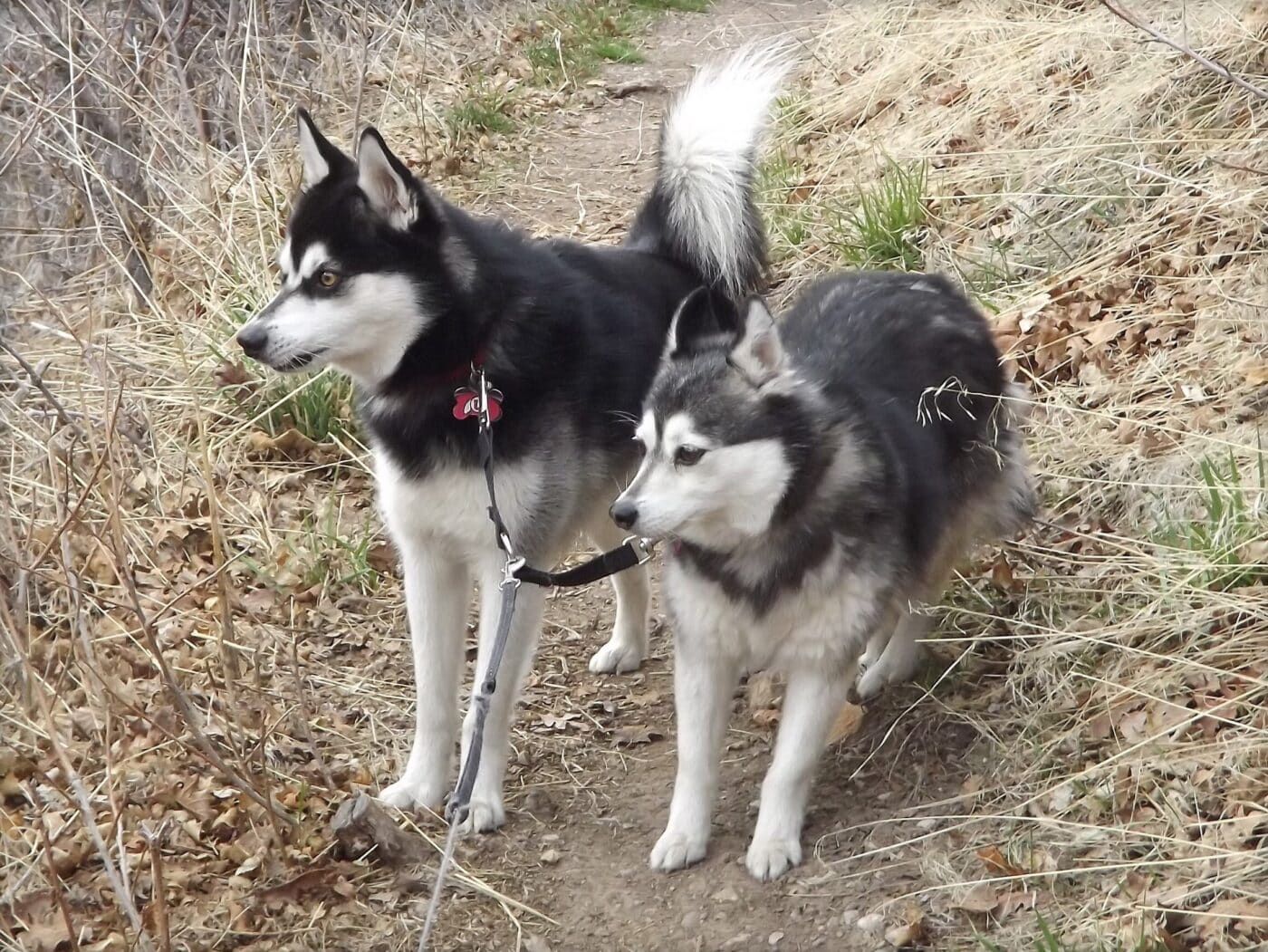 Shutterstock
Shutterstock
The Alaskan Klee Kai was developed as a smaller version of the Alaskan Husky, mirroring the size difference between the Shiba Inu and the Akita Inu. These dogs share the Shiba’s spitz heritage, evident in their erect ears, double coats, and curled tails. Alaskan Klee Kais are known for their intelligence, energy, and affectionate nature towards their owners. They can be wary of strangers, similar to Shibas, making socialization important. Their compact size and moderate exercise make them suitable for various living situations.
American Eskimo Dog
 Shutterstock
Shutterstock
The American Eskimo Dog, despite its name, is not from Alaska but is a member of the Spitz family, like the Shiba Inu. These dogs are known for their stunning white coat, intelligent expression, and lively personality. American Eskimo Dogs come in three sizes (toy, miniature, and standard), offering versatility similar to the Poodle’s size range. They are intelligent, trainable, and enjoy being part of family activities, displaying a more outgoing temperament than the typically more reserved Shiba Inu.
Swedish Vallhund
 Shutterstock
Shutterstock
Swedish Vallhunds are small, powerful, fearless dogs originally bred for herding cattle. They share the Shiba Inu’s spitz-like features, including the erect ears and curled tail, but have a shorter, sturdier build. Known for their intelligence, energy, and good nature, Swedish Vallhunds are more gregarious than Shibas and enjoy being active participants in family life. Their herding background gives them a strong work ethic and a desire to please, making them highly trainable.
Keeshond
 Shutterstock
Shutterstock
The Keeshond is a medium-sized spitz breed known for its distinctive “spectacles” — markings and shading around the eyes that give the appearance of glasses. Keeshonds share the Shiba Inu’s fluffy double coat and curled tail but are known for their exceptionally friendly and outgoing nature. They are highly sociable and thrive on companionship, making them less independent than Shibas. Keeshonds are excellent family pets, known for their loyalty and affectionate behavior towards children and adults.
Norwegian Elkhound
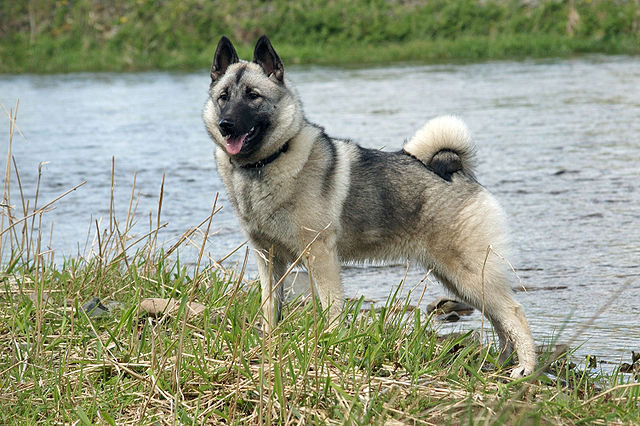 Shutterstock
Shutterstock
Norwegian Elkhounds are sturdy, medium-sized dogs bred for hunting elk and other large game. They share the Shiba Inu’s spitz characteristics, including the thick double coat, erect ears, and curled tail. Norwegian Elkhounds are known for their bravery, loyalty, and strong protective instincts. They are more vocal than Shibas, using their bark to communicate while hunting. These dogs require regular exercise and thrive in environments where they can stay active and engaged.
Samoyed
 Shutterstock
Shutterstock
Samoyeds are known for their stunning white coat, smiling expressions, and friendly disposition. Larger than Shibas, they share the spitz breed’s physical traits, including the fluffy coat and curled tail. Samoyeds are gentle, adaptable, and enjoy being part of family activities, displaying a sociable nature that differs from the Shiba Inu’s more independent character. They are known for their strong bond with humans and do well in homes with plenty of attention and companionship.
The Fluffy Shiba Imposters You’ll Love
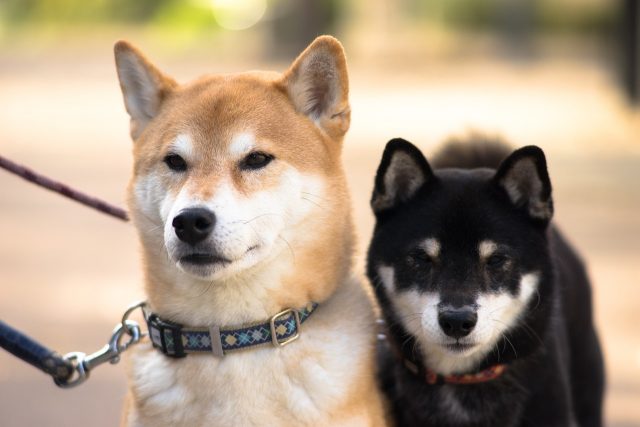 Shutterstock
Shutterstock
While the Shiba Inu holds a special place in the hearts of dog lovers for its unique blend of traits, other breeds share similar qualities that may also win over potential owners. Whether the Akita Inu’s loyalty, the Basenji’s independence, or the Samoyed’s friendly nature, each offers characteristics that reflect the Shiba Inu’s appeal. For those who appreciate the Shiba Inu’s compact size, spirited personality, or clean habits, exploring these breeds can expand your options and help you find a canine companion that best suits your lifestyle and preferences.
 Toledo, United States.
Toledo, United States.